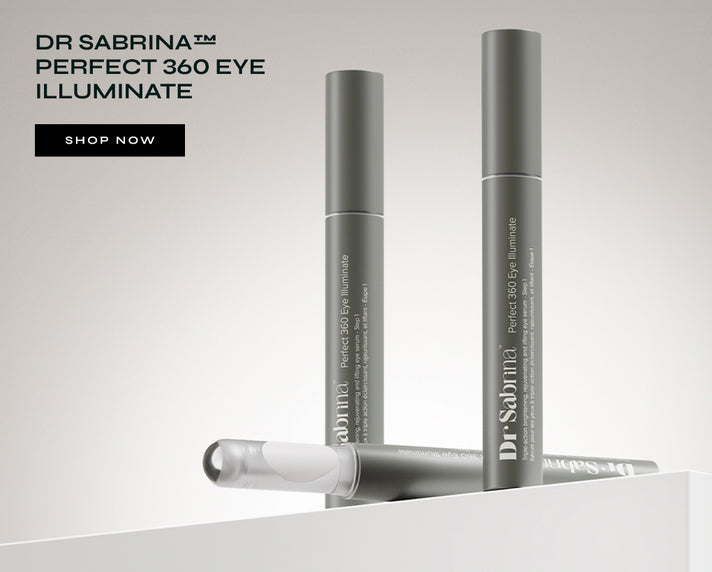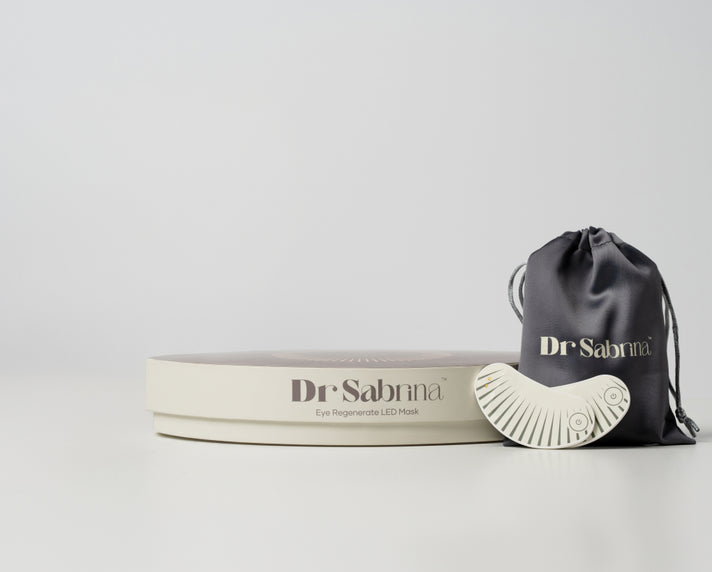
Regarding effective skincare ingredients, retinol is amongst the strongest and best-studied ingredients for inducing youthful, glowing skin. But with power comes the inevitable question: how much retinol should you use?
This blog will walk you through the perfect frequency of using retinol, based on your skin type, age, and skincare objectives. Whether you’re a beginner or an experienced user, you’ll find answers to questions like how often I should use retinol, how many times a week I should use retinol, and more. Let’s get started!
What is Retinol and Why is It So Popular?
Retinol is a form of vitamin A and a retinoid, a group of molecules that has become famous for its ability to turn over cells, stimulate collagen growth, and unclog pores. It's a miracle worker for individuals wishing to diminish fine lines and wrinkles, clear acne, or correct skin tone.
There are several benefits of using retinol:
- Erases the appearance of fine lines and wrinkles
- Fight against acne by not allowing pores to clog up
- Smoothes out hyperpigmentation and sunspots
- Improves skin texture and tone
- Stimulates the production of collagen
Even with these advantages, proper application of retinol is crucial to prevent irritation, dryness, or sensitivity, which leads to the million-dollar question: How often should you apply retinol?
How Often Should You Use Retinol if You're a Beginner?
If you're a retinol beginner, don't dive in headfirst with daily use. How frequently should you use retinol when you begin? Dermatologists generally suggest starting with a low dose (0.25% or 0.3%) two to three times a week.
Your ideal initial routine:
Week 1–2:
Use retinol once or twice per week.
Week 3–4:
Step up to three times per week, based on tolerance.
Week 5 and later:
Progress to every other night.
This gradual pace allows your skin to adjust and minimises the risk of dryness and flaking. Always use retinol followed by a moisturising cream and SPF the following morning.
If you're asking yourself how often you should apply retinol once your skin has adapted, the response is every other day to daily, depending on your skin's tolerance and requirements.
Factors That Affect Retinol Frequency
So, how often should you use retinol on your face? The answer isn’t one-size-fits-all. Here are the key factors that determine your ideal frequency:
1. Skin Type
- Sensitive skin: Begin slowly—once a week and build up.
- Oily or acne-prone skin: Might be able to handle more frequent application initially.
- Dry skin: Requires additional moisturising support; 1–2 times a week is best initially.
2. Retinol Concentration
The potency of your retinol product is important. Low strengths (0.25%–0.5%) are good for beginners. Mid-to-high-strength retinol (1.0% and higher) must be applied cautiously and only by those who know what they're doing.
3. Other Products in Your Routine
Using retinol with active ingredients such as AHAs, BHAs, or benzoyl peroxide may enhance irritation. Instead, alternate them or apply them on different nights.
Curious about Vitamin C vs. Retinol? They're both mighty, but not always buddies when used in
combination. Apply Vitamin C in the morning for best results and retinol in the evening.
How Many Times a Week Should I Use Retinol for Acne?
If you're targeting acne, you might ask: how many times a week should I use retinol?
Once settled, acne-prone skin can usually handle retinol 3-4 times a week. Initial purging is typical, though, and acne can sometimes get worse before it gets better. Be patient, and consider that retinol is slow to work—usually 8-12 weeks.
Hydration and sun protection are not optional during this time. Overuse won't accelerate results, but it will accelerate irritation. Use what your skin can tolerate.
How Often Should I Apply Retinol for Anti-Ageing?
For those using retinol for anti-ageing purposes, like reducing wrinkles or boosting collagen, the key lies in consistency rather than aggressiveness. How often should I apply retinol? Ideally:
- 3–5 nights a week for newbies
- 5–7 nights a week for experienced users
As you develop tolerance, you can apply retinol more often. Using it with a quality under-eye serum will help optimise its anti-ageing benefits while reducing irritation in sensitive skin.
But here's a tip: Never use retinol on the eyes unless the product is specifically designed for the area. Instead, use your routine with an under-eye serum that moisturises and helps collagen.
Can You Use Retinol Every Day?
Eventually, yes! But the real question isn't can you; it's how often you comfortably use retinol without side effects. Daily use is a destination, not a departure point. After your skin gets used to retinol, applying it every night can achieve miraculous long-term results.
But if you notice peeling, redness, or sensitivity, reduce it. Quality always beats quantity. Regularly applying retinol 2–3 times a week can produce visible benefits. Remember, how frequently to use retinol is less about frequency and more about balance and consistency.
Morning or Night? How to Apply Retinol?
It's always best to apply retinol at night. It sensitises the skin to UV radiation and degrades in sunlight. Applying it in your evening skincare regimen maximises its strength and minimises sun-provoked irritation.
Don't miss applying sunscreen during the day — retinol use's perfect sidekick.
What About Eye Areas?
The skin around the eyes is thinner and more sensitive, making it more likely to develop fine lines. But can you use retinol on it? Only if the product is specifically formulated for the sensitive eye area.
Apply a targeted under-eye serum with gentle retinol or peptides for safety and efficacy. This increases hydration, stops creasing, and lessens puffiness without irritation.
Mixing your night retinol with a great under-eye serum can enhance your whole facial tone without exposing the delicate area to it.
Blending Retinol With Other Ingredients
Which vitamin C vs. Retinol is better? Here's the reality: both contain unique benefits and perform best when applied at alternate times of the day.
- Vitamin C: Antioxidant, lightens complexion, morning use
- Retinol: Cell turnover and anti-ageing, nighttime use
Applying both in an intelligent regimen can turbocharge your skin care. Pair Vitamin C vs Retinol thoughtfully so as not to overwhelm your skin. Always patch test when introducing new combinations.
Other awesome combos:
- Retinol + Hyaluronic Acid = Hydrated balance
- Retinol + Niacinamide = Soothes redness and enhances barrier repair
Conclusion
Finally, how frequently you should use retinol will depend on your skin type, tolerance level, and skin care objectives. Whether you're new to retinol or have been using it for decades, the trick is to start slowly and gradually increase your frequency over time.
From acne and fine lines to overall texture and tone, retinol provides potent benefits when used correctly and consistently. Don't forget to use it with a quality moisturiser, daily sunscreen, and a supportive under-eye serum to shield sensitive areas. And when deciding between choices such as Vitamin C vs Retinol, be aware that both can be a part of an effective regimen. Listen to your skin, wait patiently, and allow the transformation to occur over time—because when used properly, retinol works miracles for radiant, healthy-looking skin.
FAQs
1. How frequently should you apply retinol if you have sensitive skin?
Begin with once weekly, then increase to 2–3 times weekly as your skin acclimates.
2. Can I apply retinol nightly?
Yes, but only after your skin has accommodated. Start slowly and move to nightly usage over time.
3. Should I apply retinol first or after moisturiser?
Retinol should be used before moisturising dry, clean skin. If your skin is highly sensitive, use the "moisturiser sandwich" trick (moisturiser → retinol → moisturiser).
4. How often would I use retinol below my eyes?
Use an under-eye serum containing gentle retinol ingredients, initially 2–3 times a week.
5. What's best: Vitamin C or Retinol?
Both have special advantages. Apply Vitamin C in the morning for brightening and retinol at night for anti-ageing and skin regeneration.












